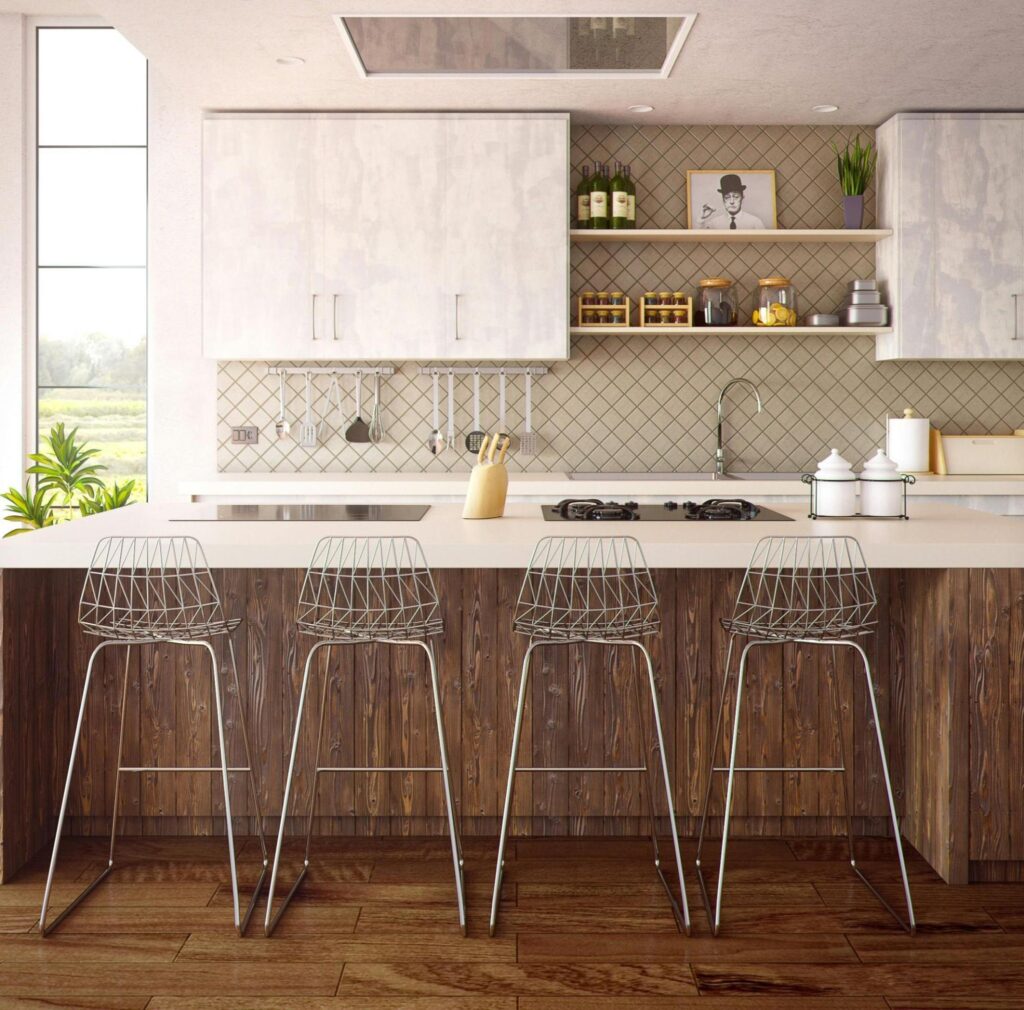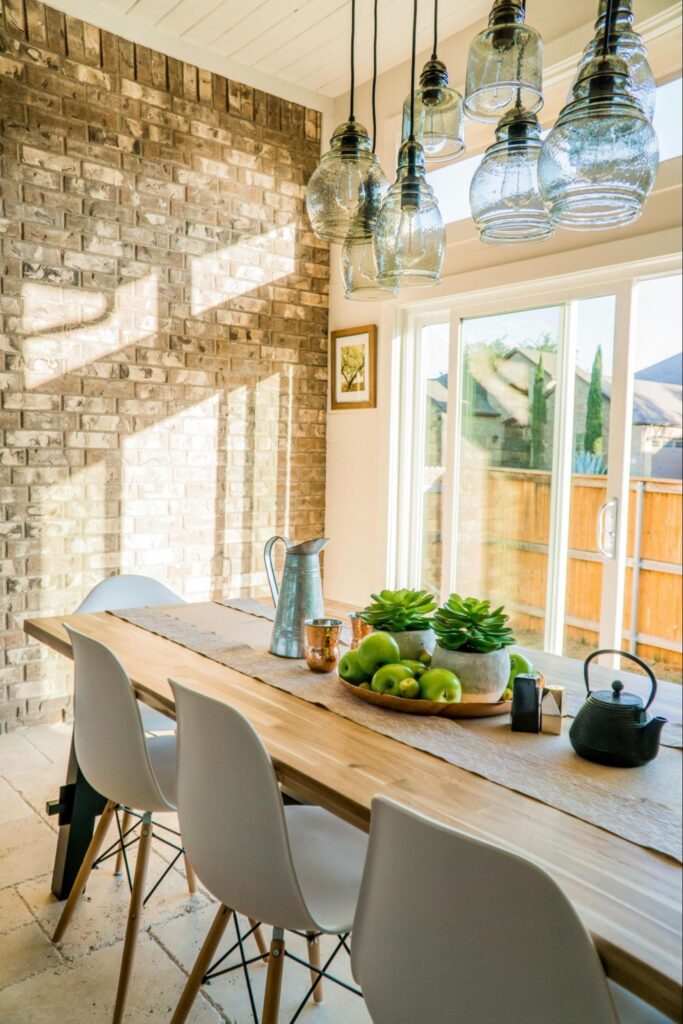Window films are a popular choice for homeowners looking to enhance their windows’ functionality and appearance. These thin layers of film are applied directly to the glass surface and offer various benefits, such as increased privacy, UV protection, and reduced glare. However, one question that often arises is whether it is possible to layer multiple window films on top of each other to achieve additional benefits or customization. In this article, we will explore the concept of layering window films, their advantages, and potential risks, as well as provide a step-by-step guide to applying and maintaining layered window films.
Understanding Window Films
Before delving into the concept of layering window films, it is crucial to have a solid understanding of window films themselves. Window films are made from polyester or a combination of polyester and other materials. They can be transparent, opaque, or tinted, and are available in a variety of designs and patterns to suit individual preferences.
But what exactly are the different types of window films available on the market? Let’s explore some of the most common options:
Types of Window Films
When it comes to window films, there is a wide range of options available on the market. Some of the most common types include:
- Solar Control Films: These films are designed to block a significant amount of solar heat, reducing the need for air conditioning and lowering energy costs. They work by reflecting and absorbing the sun’s heat, keeping your home cool and comfortable even on the hottest days.
- Privacy Films: Privacy films restrict outsiders’ view into your home, providing you with a sense of privacy without sacrificing natural light. These films are perfect for bedrooms, bathrooms, or any area where you want to enjoy your personal space without feeling exposed.
- Security Films: Security films are thicker and stronger than other window films, providing an added layer of protection against break-ins and reducing the risk of shattered glass. These films are designed to hold the glass together, making it difficult for intruders to gain access to your home.
- Decorative Films: Decorative films allow you to add style and personality to your windows, featuring a variety of patterns, textures, and designs. Whether you want to create a frosted look, mimic the appearance of stained glass, or showcase a unique design, decorative films offer endless possibilities for customization.
Now that we have explored the different types of window films, let’s take a closer look at the benefits they offer:
Benefits of Window Films
Window films offer several benefits that make them a popular choice among homeowners:
- Improved Energy Efficiency: Solar control films can significantly reduce heat gain in your home, resulting in lower cooling costs. By blocking a substantial amount of solar heat, these films help keep your space cool and comfortable, allowing you to rely less on air conditioning.
- UV Protection: Window films can block up to 99% of harmful UV rays, protecting your furniture, flooring, and artwork from fading and sun damage. By installing window films, you can enjoy the natural light without worrying about the long-term effects of UV radiation.
- Glare Reduction: Window films can reduce glare, making it easier to watch television, work on a computer, or simply enjoy the view without straining your eyes. Whether you’re trying to catch up on your favorite show or working from home, window films can create a more comfortable and enjoyable environment.
- Enhanced Privacy: Privacy films allow you to enjoy your home without prying eyes, providing privacy while still allowing natural light to illuminate the space. Whether you live in a busy neighborhood or simply want to create a cozy atmosphere, privacy films offer the perfect solution.
- Improved Safety: Security films add an extra layer of protection by holding shattered glass together, reducing the risk of injury from flying glass shards. In the event of an accident or break-in, these films can help keep you and your loved ones safe by preventing glass fragments from scattering.
As you can see, window films offer a range of benefits beyond their aesthetic appeal. Whether you’re looking to improve energy efficiency, protect your belongings, enhance privacy, or increase safety, window films are a versatile solution that can meet your needs.
The Concept of Layering Window Films
Layering window films involves applying multiple films on top of each other to achieve specific benefits or customize the appearance of your windows. While it is technically possible to layer window films, it is essential to consider the following factors:
Why Consider Layering?
Layering window films allows you to combine different types of films to gain multiple benefits. For example, you can layer a solar control film with a privacy film to reduce heat gain and maintain privacy simultaneously. This combination can provide a more comfortable living environment while still enjoying natural light.
When layering window films, you have the opportunity to create a truly personalized and tailored solution for your windows. Each film brings its unique set of advantages, and by combining them strategically, you can maximize the benefits you receive. Whether you want to enhance energy efficiency, improve security, or simply add a touch of style to your windows, layering films offers a versatile approach to meet your specific needs.
Potential Risks and Challenges
Layering window films can present some potential risks and challenges that need to be considered:
- Effectiveness: Layering films can affect the overall performance of each film, especially if they have different properties or are incompatible. It is essential to consult with a window film professional to ensure that the layered films will work harmoniously. They can assess the compatibility of the films and provide expert guidance on achieving the desired outcome.
- Appearance: Layering films may alter the appearance of each film, resulting in an outcome that differs from the intended design. It is crucial to thoroughly evaluate samples and consult with experts before committing to layering films. By doing so, you can ensure that the final result aligns with your aesthetic preferences and complements the overall look of your space.
- Installation Complexity: Layering window films requires careful installation to prevent bubbles, creases, or other imperfections. It is generally recommended to seek professional installation services for layered films to ensure a smooth and successful application. Professionals have the expertise and experience to handle the intricacies of layering films, ensuring a flawless finish that enhances the performance and longevity of the window films.
By being aware of these potential risks and challenges, you can make informed decisions when it comes to layering window films. With the right approach and professional guidance, you can create a layered film solution that not only enhances the functionality of your windows but also adds a touch of sophistication to your space.
The Process of Applying Window Films
Window films are a great way to enhance privacy, reduce glare, and improve energy efficiency in your home or office. Applying window films may seem like a daunting task, but with the right tools and techniques, it can be a simple and rewarding DIY project.
Tools Needed for Application
Before embarking on the application process, it’s essential to gather the necessary tools to ensure a smooth and successful installation. In addition to the items listed, such as glass cleaner, lint-free cloth, and a squeegee, you may also want to have a heat gun or hairdryer on hand. The heat gun can help activate the adhesive on the film, making it easier to manipulate and apply to the window surface.
When selecting a window film, consider factors such as the level of privacy desired, UV protection, and heat reduction properties. There are various types of window films available, including frosted, mirrored, and tinted options, each offering unique benefits and aesthetics.
Step-by-Step Guide to Applying a Single Layer
Now that you have all the necessary tools and have chosen the right window film for your needs, it’s time to begin the application process. Follow these step-by-step instructions to apply a single layer of window film effectively:
- Start by thoroughly cleaning the window using a glass cleaner and a lint-free cloth. Removing any dirt or debris from the surface will ensure a smooth application.
- Measure the dimensions of the window accurately and cut the film accordingly, leaving a couple of inches of excess on all sides. It’s crucial to measure carefully to avoid any gaps or overlapping edges.
- Mist the window with the soapy water solution to create a slippery surface for the film to adhere to. This step helps prevent air bubbles and allows for easy positioning of the film.
- Peel off the film backing and carefully place the sticky side onto the damp glass surface. Take your time to position the film correctly, ensuring it aligns with the edges of the window.
- Use the squeegee or credit card to smooth out the film, starting from the center and working towards the edges. This technique helps remove any air bubbles and ensures a tight bond between the film and the glass.
- Trim any excess film using a cutting knife, making sure to leave a small margin around the edges for expansion and contraction due to temperature changes.
- Allow the film to dry and adhere to the window for at least 24 hours before touching or cleaning. This waiting period is crucial for the adhesive to set properly and ensure long-lasting adhesion.
The Process of Layering Window Films
Preparing for the Second Layer
Before layering window films, ensure that the first layer has been properly installed and has had enough time to cure. It is essential to thoroughly clean the surface of the first film before applying the second layer to prevent any debris or imperfections from getting trapped between the films.
Step-by-Step Guide to Applying Multiple Layers
Here is a step-by-step guide to applying multiple layers of window films:
- Follow the single-layer application steps mentioned earlier for your first film.
- Once the first film has fully cured, proceed with cleaning the surface of the first film using glass cleaner and a lint-free cloth.
- Measure and cut the second film, accounting for the dimensions of the first layer.
- Mist the surface of the first film with the soapy water solution.
- Remove the backing of the second film and carefully place it on top of the first film, aligning the edges.
- Smooth out the second film using a squeegee or credit card, starting from the center and working towards the edges.
- Trim any excess film and allow both films to cure for at least 24 hours before touching or cleaning.
Maintenance and Care for Layered Window Films
Cleaning Layered Window Films
To clean layered window films, follow these simple steps:
- Gently remove any dust or loose particles using a soft brush or microfiber cloth.
- Mix a mild dish soap solution with warm water.
- Dampen a soft sponge or cloth in the solution and gently wipe the film’s surface.
- Rinse the film with clean water and dry it using a lint-free cloth.
When to Replace Your Window Films
Over time, window films may become damaged, discolored, or less effective. Here are some signs that indicate it may be time to replace your window films:
- Visible cracks or tears in the film
- Significant discoloration or fading
- Loss of adhesive properties, causing the film to bubble or peel
- Outdated design or style
Conclusion
In conclusion, layering window films is indeed possible and can offer a multitude of benefits if done correctly. However, it is essential to consider the compatibility of the films, and potential changes in appearance, and seek professional advice when necessary. By following the proper application and maintenance techniques, you can enjoy enhanced functionality and aesthetics with layered window films.


